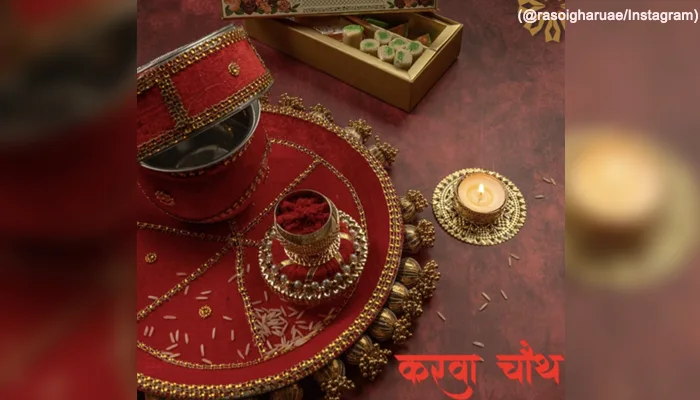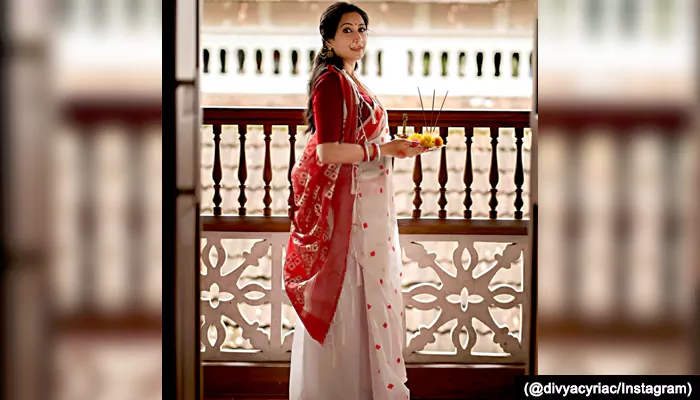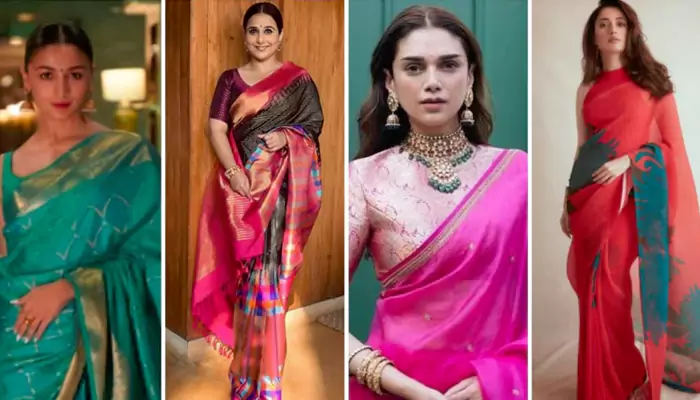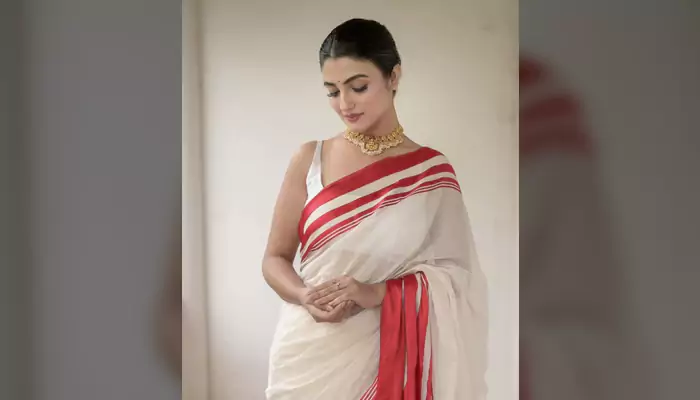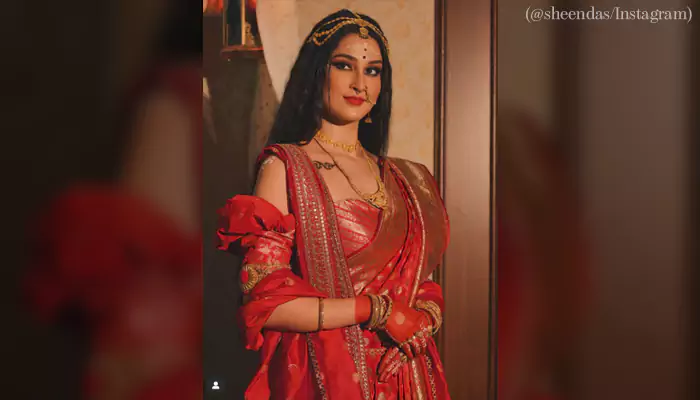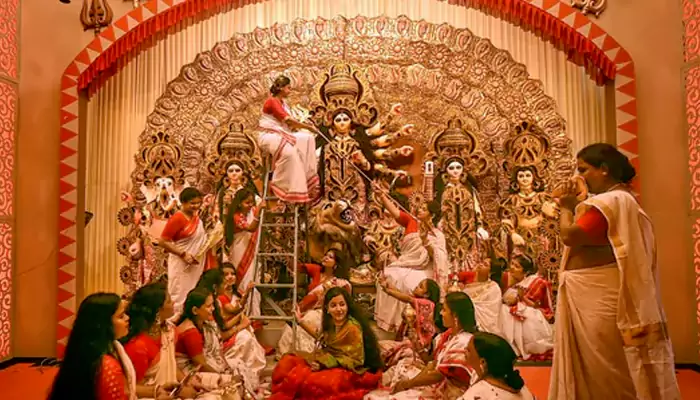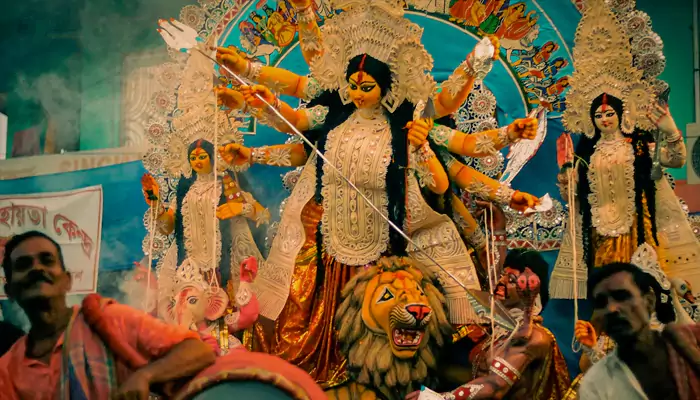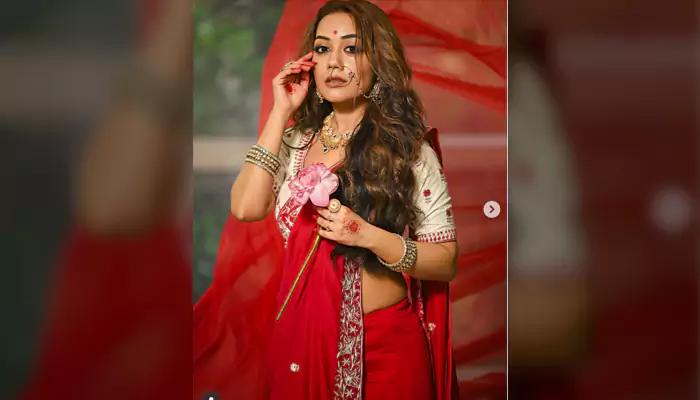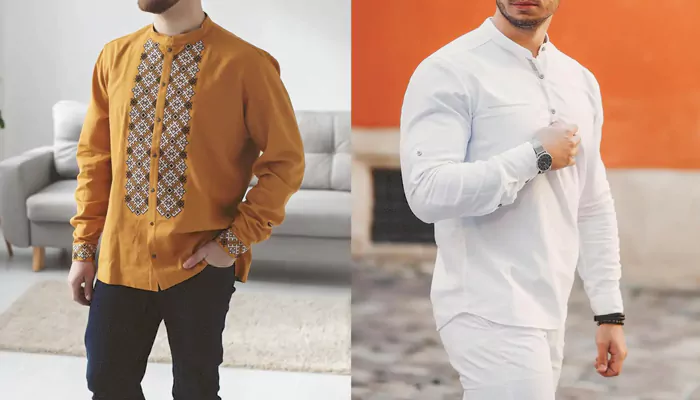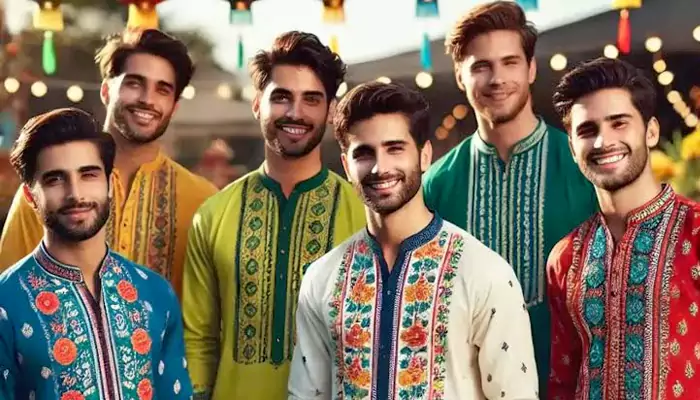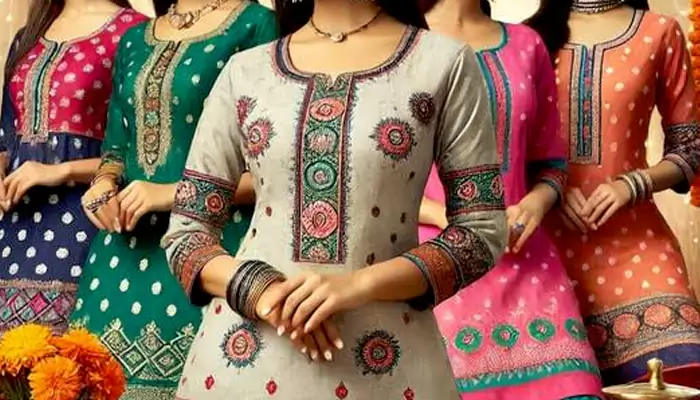
As Indians are preparing for 77th anniversary of independence, let's delve into evolution of Indian fashion post independence.
Designs get famous, become trends and also get old. In a country like India, fashion or clothing plays an important role in culture as well as tradition. From handloom to adopting new-age fabrics, Indian fashion have come a long way over the years. Apart from cultural significance, clothing has a substantial economic impact too. Since the nation gained freedom over 75 years ago, the citizens have gradually developed flamboyant fashion tastes, from basic to premium to extravagance.
The vast periods of Indian fashion can never be described in 500 words. However, we will try to touch upon key trends in Indian fashion history.
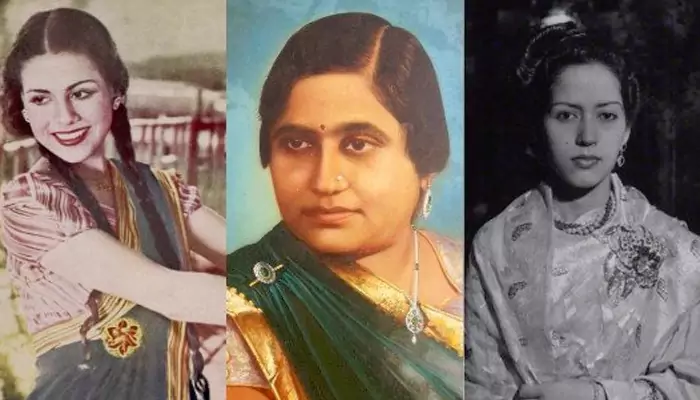
Credit - @1947Partition X handle
Impact of the British Rulers:
Much before British colonization, the honour of dressing was managed by elite class. Being an agriculture-dependent economy since ancient times, the farmworkers used to wear dhotis and women preferred cotton sarees. Clothing has always been an image of position or status in a society. The East India Company introduced skirts, trousers, and blouses to India. The upper class needed to wear this to work in offices and slowly the Indians adopted European styles before Khadi or hand-woven Indigenous materials came into spotlight.
Post Freedom (1947-Till Date) Evolution of Fashion:
Post independence era witnessed the impact of popular figures in clothing trends. Those popular figures ranged from politicians to film actors. Since 1940s, the change started happening which became a huge trend in 1950s and 1960s.
Indians adopted high-caught coat and Savile Row suit, which both politicians and actors wore during that time. Handloom saree wore by Indira Gandhi also had an impact on Indian fashion as women started following the trend for visiting colleges or offices.
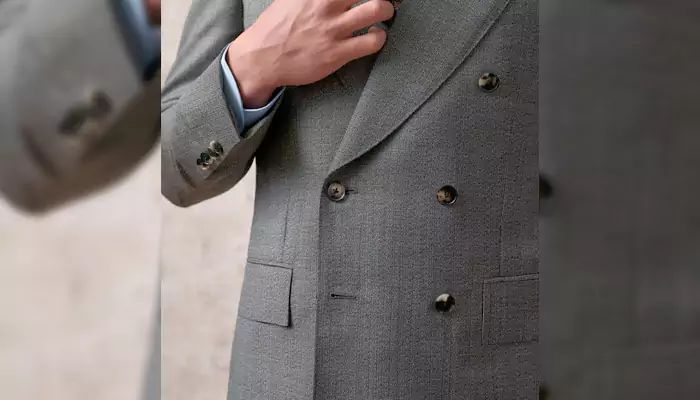
Credit - @Sextonbespoke X handle
Impact of Bollywood: Nobody can deny the impact of Bollywood on indian fashion. From Madhubala to modern day greats like Alia Bhatt, all of them have major impact on clothing and fashion choices.
People started taking inspiration from actors like Dilip Kumar, Raj Kapoor, Dev Anand and Madhubala and Nargis Datt. In 1950's the Indian fashion was understated and formal. Men used to wear dhoti-kurta, while women preferred simple ghagra-choli or saree. Movies of that time also had the same clothing choices. Imagine of a woman or heroine from that era, she would be wearing a 6 yard saree, fitted blouse, flowers in the hair and bindis.
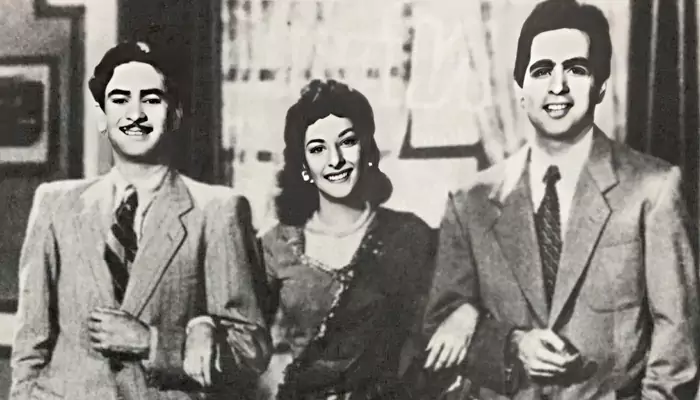
Credit - @FilmHistoryPics X handle
In 1960’s, the fashion was influenced from new age of social movements. Clothing brands started using modern plastics and synthetic fibres to develop easy-care and eye-catching outfits. The fashion was similar to the last decade but the materials started changing.
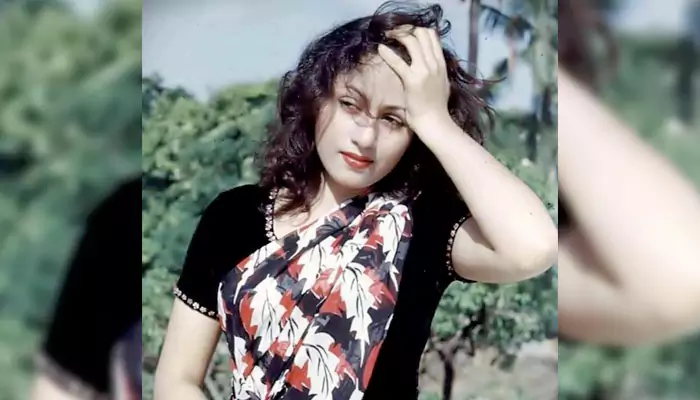
Credit - @FilmHistoryPics X handle
The 1970’s fashion is defined by bell sleeves dresses for women along with saree and kurti. Men embraced button-down shirts with flared sleeves. Who can forget the hallmark of 1970s Bollywood, the era of Amitabh Bachchan, the bell sleeves pant, an instant hit throughout the decade.
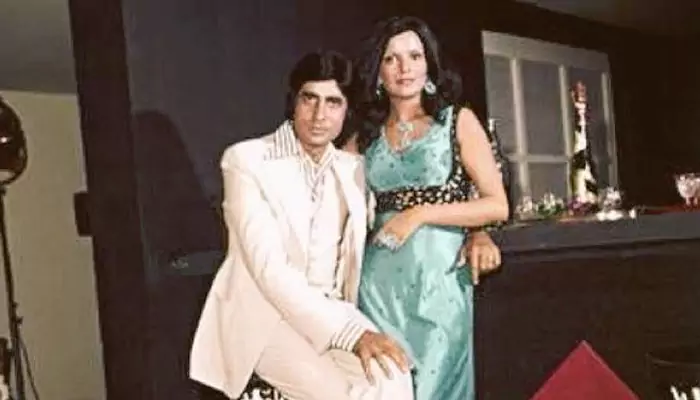
Credit - @FilmHistoryPics X handle
The 1980s witnessed the onset of Indo Western fashion and the rise of haute couture fashion in India. It was the beginning of a new trend in Indian fashion as foreign brands started appearing in Indian markets. The decade belonged to two colours, red and white.
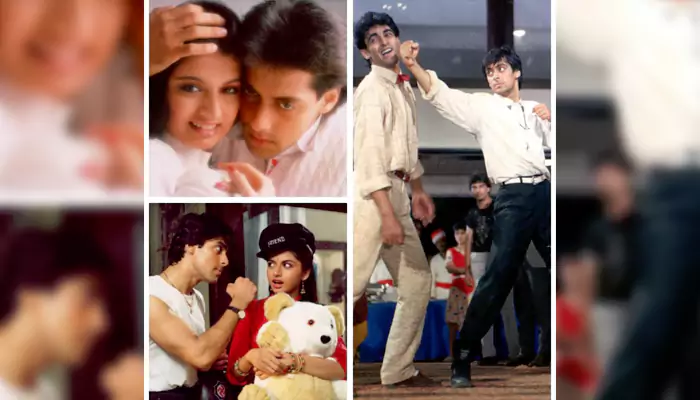
Credit - @Bollywoodirect X handle
The 1990s’ fashion was highly influenced from various factors like exposure to television, global recognition of Aishwarya Rai and Sushmita Sen, and embracing foreign trends. It was the time when full-sleeve salwar kameez, long skirts, denim and dungarees became extremely popular.
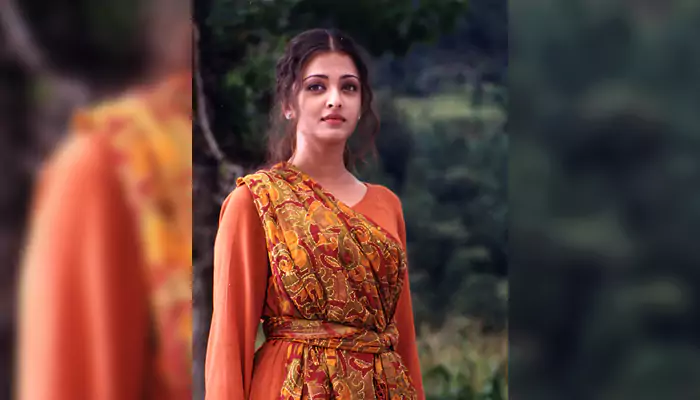
Credit - @@FilmHistoryPics X handle
The beginning of 21st Century saw the rise of brands like Allen Solly, Van Heusen, Louis Philipe, Charagh Din, Raymonds, Arrow, and so on. A growing number of citizens started choosing stamped garments due to quality.
Eventually, different brands entered the denim business in India like Levi Lee, Seven Jeans, and Pepe Jeans. Indians gradually got exposed to designer clothes and the biggest name in the industry like Manish Malhotra, Rohit Bal, Sabyasachi Mukherjee became popular throughout the nation.
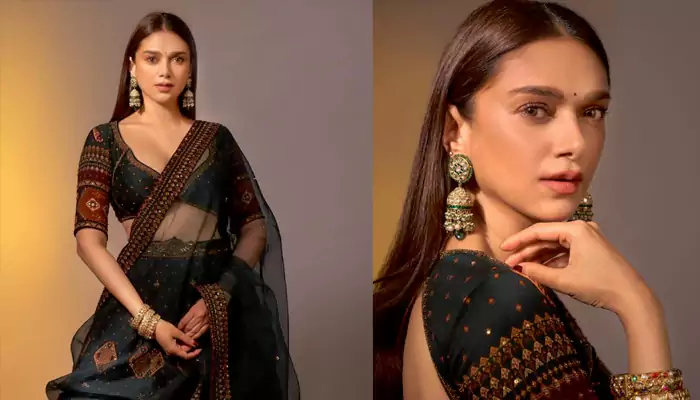
Credit - @iwmbuzz X handle
Another factor that contributed in economic growth of fashion industry is rise in women’s income. As women achieved financial independence, they started spending more on clothing and cosmetics opening the door for local as well as global companies to expand their bases in India.
Let me conclude this article with an interesting trivia. Do you know, from when Indians have been using saree-style fabric? The most ancient report of draping of a saree was found in the sculpture of Mauryan Empire (322 BCE – 187 BCE era). Even some detailed jewelry carvings were also observed.
Clothing is one of the best forms of self-expression, so this is a tribute to evolution of Indian fashion on the eve of Independence Day.

